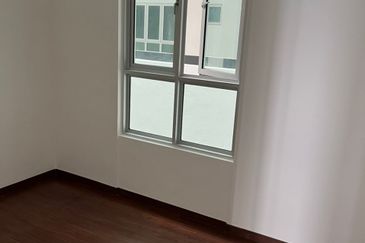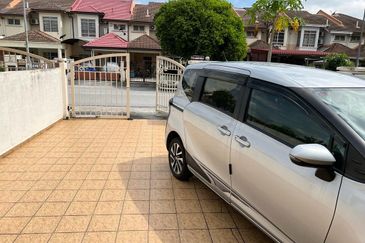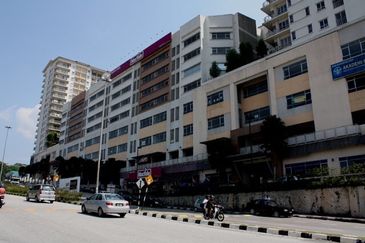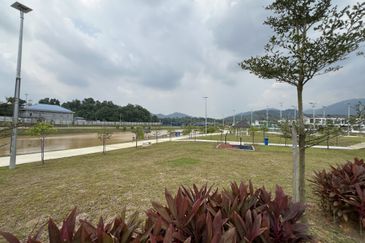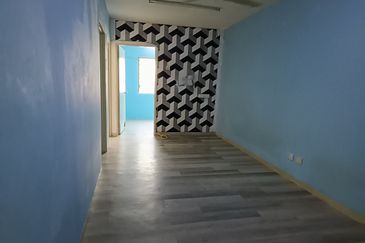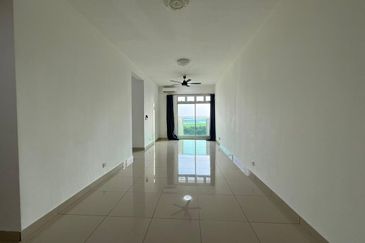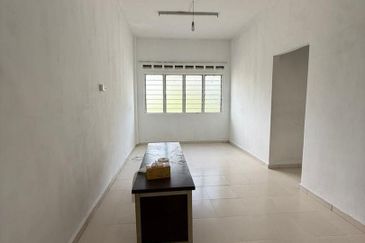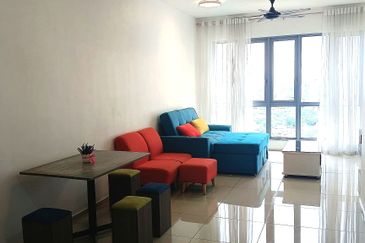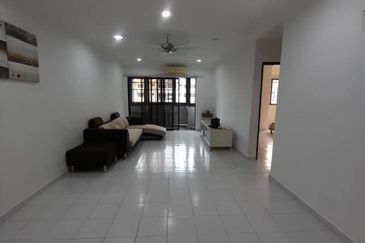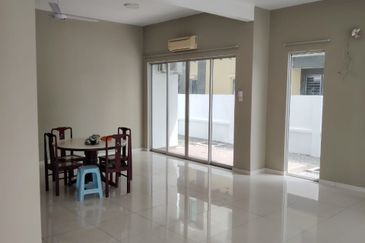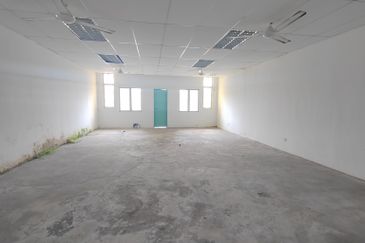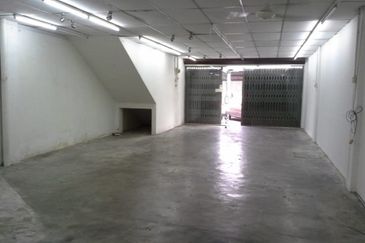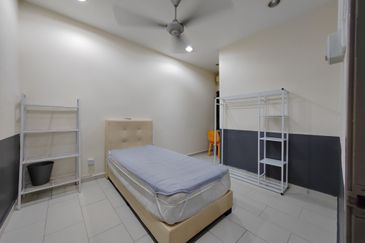
GEORGE TOWN (Jan 17): Cities are better off investing in a BRT (bus rapid transit) system than an MRT (mass rapid transit) system, especially when budget is a concern, said an international transport systems organisation director.
“For US$1 billion (RM4.1 billion), you can build 426km of BRT corridor or 40km LRT or 14km elevated metro or 7km underground subway,” said the Institute for Transportation and Development Policy country director for Indonesia, Yoga Adiwinarto at a talk titled “The Need for Sustainable and Equitable Mobility in Cities” here yesterday.
Citing the BRT system in Jakarta, he said it cost US$1.1 billion and covers 225km, carrying 700,000 passengers per day; and the Transjakarta BRT took only 12 months to construct.
In contrast, the Jakarta MRT, slated for completion in March, requires RM1.4 billion, covers merely 16km, took 10 years’ planning and four years to build and is expected to cater for only 135,000 passengers per day.
“If you look at the BRT in Jakarta, it was fast to build and back in 2004, our city was poor then but still, it was able to build the first BRT in South-east Asia without needing to take up loans to cover the costs,” he was quoted saying by Malay Mail.
“So if a city has limited budget, they need to spend it wisely, don’t build tunnels or MRTs which will take many years to complete. So do go for BRT which is cheaper, faster and easier to implement,” he suggested.
In addition, Yoga said Penang needs to implement changes to its city planning to be more pedestrian-friendly while introducing the BRT.
“In Penang, you have so much space for cars and motorcycles, that the pedestrians practically don’t have rights on the streets.
“It should not be for cars only, but I see here, and in most typical city planning, streets are designed only for cars.
“This needs to change, we have to make sure that pedestrians are given priority,” he pointed out.
He advocated complete street concepts that allocate spaces for pedestrians, cyclists and buses instead of only cars.
“Why build cities for cars when cities are for people, not cars; so BRT should be considered to move the people,” Yoga said.
He commended Penang for its backlane and bicycle lane projects and hoped they would be expanded further.
He noted that private vehicles are the least effective method to move people compared to mass transits systems like BRT.
Yoga said people must change the way they move around and use their power to make sure the legislators change the way cities are planned, adding that many cities are currently focussing their planning on pedestrians and cyclists.
“It is my hope that in 30 years, cities will not have highways and flyovers while cyclists and pedestrians will rule the street,” he concluded.
TOP PICKS BY EDGEPROP
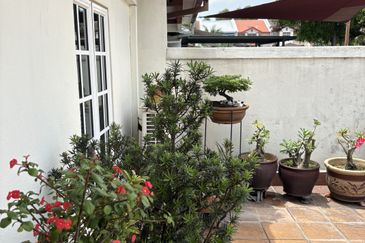
Putra Indah @ Putra Heights
Subang Jaya, Selangor

The Sky Residence @ Shamelin
Cheras, Kuala Lumpur
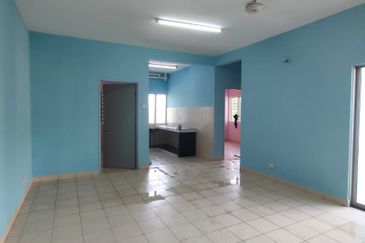
Pangsapuri Kasuarina
Bandar Botanic/Bandar Bukit Tinggi, Selangor

Bandar Bukit Tinggi
Bandar Botanic/Bandar Bukit Tinggi, Selangor


